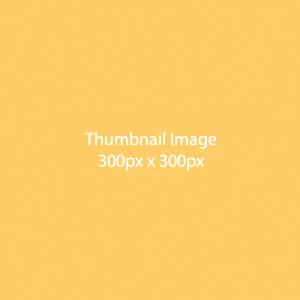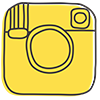a book to grow skills in spotting fake news—and to fuel a love of history
/“This book is FULL of MISTAKES!”
Fake news is such a fraught and difficult topic! No matter which side of politics (or life in general) we align with, fake news can lead us astray.
It’s an issue for kids too, making skills like critical reading, viewing and listening increasingly important. But no one wants to overburden them or take the joy out of learning—and this book is a terrific help. It teaches critical thinking and watching skills and it’s heaps of fun for kids and adults to work on together.
Perhaps you’ve played with ‘spot the difference’ puzzles? The concept here is similar. Each page represents an historical era and the game is to spot 20 things that wouldn’t have been found in that era.
It’s tricky! There are some nice obvious mistakes on each page and some that take a bit of thinking, perhaps a bit of research and very keen eyes.
As well as being a fun way to learn history, Spot The Mistake: Lands of Long Ago is great for talking about how easily something can blend in to a circumstance and fool us into thinking it belongs there. And that’s where the fake news discussion comes in.
So much of fake news can seem feasible when we’re first exposed to it in the midst of real news—spotting the mistakes requires a sharp eye, a critical mind, and plenty of background information Just as it is for spotting the mistakes in this book.
3 fun ways to read this book:
Embrace your inner history buff.
There are ten snapshots of history here, ending with Pirates Ahoy! in the 17th & 18th centuries, and going right back to the Stone Age.
But the history fun isn't limited to those particular eras—the ‘mistakes’ on each page are from different times and places and each one comes with a mini paragraph explaining where and when it actually belongs. So there’s heaps of info to spark curiosity and grow knowledge.
Indulge in a little creative story telling.
One way to help children discern between fact and fiction is to create fiction. Making up a story about how the ancient Egyptian came to be using a wristwatch, for example, can be a good beginning for a conversation about what is real (historical evidence of ancient Egyptians and their lives) and what is fictional (the story about the wristwatch). All of which helps when you get to trickier concepts like fake news.
Spot the realities.
After spotting the mistakes, try spotting the realities and naming them. For example, in The Emperor’s Palace (set in ancient China), it’s easy to spot the electric guitar as a mistake, but naming the three other instruments might be trickier. (FYI, they’re the Sheng, Pipa and Guzheng – Google is your friend for this game!)
As well as being packed with titbits of information designed to capture attention and fuel inquisitiveness, this is also a beautifully produced book. It’s hard cover and large format, great for spreading over two laps. And the pictures make it wonderfully easy to identify the various eras. They’re cartoon-ish, and that means the details don’t get lost—it’s easy for young eyes to move around the page.
Fair warning though—it’s kind of addictive—we found it hard to stop at just one era. And I did have to cheat a couple of times to find all 20 mistakes on each page!







